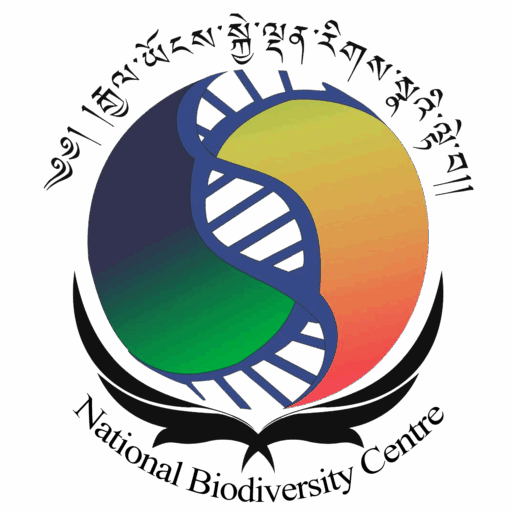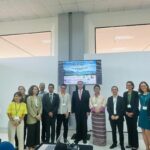
Background
The United Nations General Assembly declared 2023 as the International Year of Millets (IYM 2023). The IYM 2023 is to raise awareness of, and direct policy attention to the nutritional and health benefits of millets and their suitability for cultivation under adverse and changing climatic conditions. It is also to promote the sustainable production of millets while highlighting their potential to provide new sustainable market opportunities for producers and consumers.

Millet Meeting at Trashiyangtse Dzongkhag
As a part of the celebration of the International Year of Millet and monitoring the field works at Bomdeling, a Dzongkhag-level meeting was convened on the 17th of January 2023 at Trashiyangtse Dzongkhag. The meeting was attended by 15 participants comprising Dasho Dzongdag, Dzongkhag Livestock Sector, Dzongkhag Agriculture Sector, Dzongkhag BAFRA, ARDSC Khangma, Regional Post Harvest Centre, Bomdeling Gewog Chairman, Farmer representatives of millet group of Cheng and Phenteng, AEOs of Bomdeling and Yalang and National Biodiversity Centre.
Crop diversity in Bhutan
Bhutan is rich in crop diversity including millet diversity. Crop diversity is an important subset of biodiversity. Crop diversity is the variability in genetic and phenotypic traits that are found in cultivars grown by the farming community. Crop varieties may vary in height, branching pattern, flower colour, fruiting time or seed size, fruit colour, grain colour etc. They vary in their response to different bioclimatic variables and may have the ability to resist specific diseases and pests. It is possible to discern variation in almost every conceivable trait, including nutritional qualities, preparation and cooking techniques, and of course how a crop tastes. Growing crop diversity means having food diversity, nutritional diversity, good health, contributing to food security and climate change adaptation.
Apparently, there is very rapid genetic erosion and loss of crop diversity from the field. Therefore, as a part of in-situ or on-farm conservation and sustainable utilization of millet diversity for livelihood, National Biodiversity Centre in partnership with other important stakeholders viz. ARDSC Khangma, Regional Post Harvest Centre Lingmethang, and National Organic Flagship Program are making interventions at Bomdeling and Yalang Gewog under Trashi Yangtse Dzongkhag towards enhancing millet production and value addition and marketing of millet products.
Why millets? Health benefits and climate resilient crop
- Millets are nutrient-dense, non-glutinous, excellent source of minerals like magnesium, Iron, phosphorus, potassium, Vitamin B like thiamine.
- It reduces blood pressure
- It decreases cholesterol: Finger millet is full of dietary fibre, which helps to control the “bad” cholesterol that can contribute to heart diseases. So, it is connected to lower risk of heart disease.
- Finger millet has a low glycaemic index -releases a lower percentage of glucose over a long period of time.
- Dietary fibre in millet is “prebiotic,”
- Regarded to be the least allergic
- Potassium plays an important role in proper functioning of kidneys and heart
- Potassium helps nerves transmit signals, which allows brain & muscles to work together smoothly.
- B vitamins play a role in everything from brain function to healthy cell division for growth & repair of body cells and tissues
- Millet consumption furthers nutrition, good health, food security and climate change adaptation
Objectives of collaborative initiatives
- Enhance millet production
- Build capacity of the community in millet value addition and product development
- Develop and diversity millet products
- Create market and marketing
- Contribute to income generation of the community from millet products
- Maintenance of crop diversity by farmers to conserve diversity at all levels viz. genetic, species and ecosystem level
- Contribute in climate change adaptation and farming system resilience.
The outcome of the Millet Meeting
- Appraised Dzongkhag administration all the support provided by different actors and stakeholders viz. NBC, ARDSC Khagma, and National Post Harvest through Organic Flagship etc.
- Identified key issues and rationale for not being able to move forward as envisaged.
- Agreed on Action points to be implemented by different actors viz. farming community, Geewog Administration, Dzongkhag administration, ARDSC Khangma, National Biodiversity Centre, BAFRA and Regional Post Harvest Centre to move forward to make the millet products marketable by June 2023.



